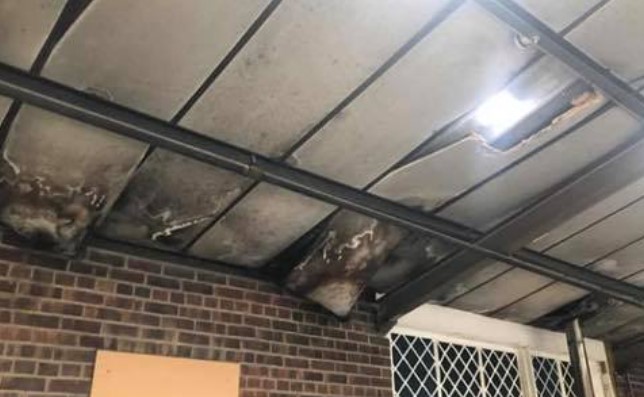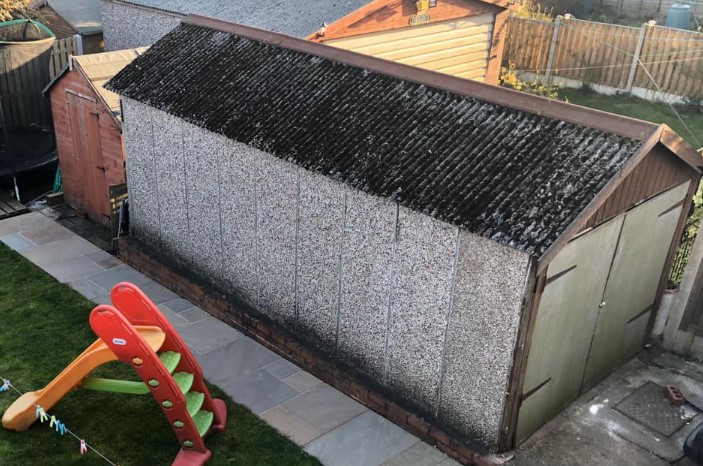

Asbestos inspection is a critical service for any property suspected of containing asbestos. Trained professionals conduct thorough inspections, identifying potential ACMs and assessing their condition. Once potential ACMs are identified, they undergo rigorous testing. Common testing methods include Polarized Light Microscopy (PLM) and Transmission Electron Microscopy (TEM), providing accurate identification of asbestos fibres.
Understanding the test results is key in deciding the next steps. High asbestos levels may necessitate removal, while lower levels could be managed through encapsulation or regular monitoring. Asbestos removal is a meticulous process that involves several steps, including sealing off the area, using specialised equipment, and strict adherence to safety protocols to prevent fibre release.
Safety is paramount in asbestos removal. Professionals are equipped with Personal Protective Equipment (PPE) and follow stringent procedures to minimise health risks to workers and occupants. Handling asbestos waste is governed by strict laws. Professional services ensure that asbestos is disposed of in designated facilities, adhering to legal and environmental guidelines.


In cases where asbestos removal isn't feasible, management and maintenance become critical. This involves encapsulating the asbestos or sealing it in an enclosure to prevent fibre release. Regular monitoring and maintenance are essential to ensure that the encapsulated or enclosed asbestos remains safe. This includes periodic inspections and immediate action if any deterioration is detected.

Ensure that the asbestos service provider has adequate insurance coverage. This is vital for protecting both you and the workers in case of any accidents or unexpected incidents during the asbestos removal process. Educating yourself and others about the dangers of asbestos is critical. Knowledge about asbestos risks can inform safer practices in homes and workplaces.
Many professional services offer asbestos awareness training, which can be invaluable for individuals who own older properties or work in industries where asbestos exposure is a risk. The field of asbestos services is continually evolving with technological advancements. These include more accurate testing methods, safer removal techniques, and better personal protective equipment.


Staying abreast of changes in asbestos regulations is crucial. These laws and guidelines are continually updated to enhance safety and efficacy in asbestos management. As environmental concerns grow, asbestos services are adapting with more sustainable and eco-friendly disposal and management practices. This is an important aspect to consider when choosing a service provider.